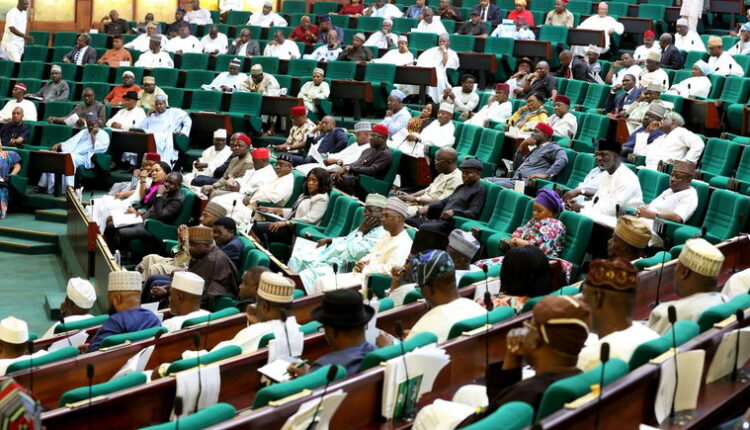In the National Assembly, the House of Representatives has proposed a constitutional change that would reserve 5% of seats for people with disabilities (PWDs) and 10% for women.
According to what was understood, the proposal calls for the creation of 83 new seats that would be reserved for women. Of these, 55 would be in the House of Representatives, boosting its membership from 360 to 415, and 28 would be in the Senate, increasing the National Assembly’s total number of seats from 469 to 552.
The plan was announced by Speaker of the House of Representatives Tajudeen Abbas on Tuesday during the 10th House Midterm Legislative Scorecard announcement and the official commencement of the 2025 National Assembly Open Week in Abuja.
Read Also: Mass Defections Hit Borno as Top Politicians Dump PDP, APC for ADC Ahead of 2027 Elections
“In order to guarantee gender and disability inclusion, the draft amendment aims to incorporate the quotas into the Constitution,” he added. “These reserved seats will be filled through direct elections on separate ballots and distributed by state to ensure regional balance.”
The Speaker stated that PWDs would be granted 5% of the current seats, with candidates chosen by recognized disability advocacy groups.
Abbas stated, “The creation of legally guaranteed reserved seats for women and people with disabilities is a key component of our inclusive government options. The proposed amendment would allocate 10% of Senate and House of Representatives seats to women, with each state receiving a certain percentage to maintain regional parity.
These positions would be filled by direct elections with staggered terms to encourage mentorship and continuity, using different votes. Accredited disability advocacy organizations would nominate candidates for the 5% of seats set aside for people with disabilities. Representatives in reserved seats would be fully integrated into legislative work by having the same rights, perks, and committee assignments as their peers.
Less than one percent of parliamentary seats were held by women in 1960, the year of independence. It only increased to 2 percent by 1990. Women only accounted for 3.9% of the House and 4% of the Senate in 1999. Women still make up half of the population, but their representation is unchanged today.
In Rwanda and Senegal, for instance, constitutional quotas increased female representation from less than 5% to over 30% in a single election cycle, as the Speaker cited examples from around the world.

